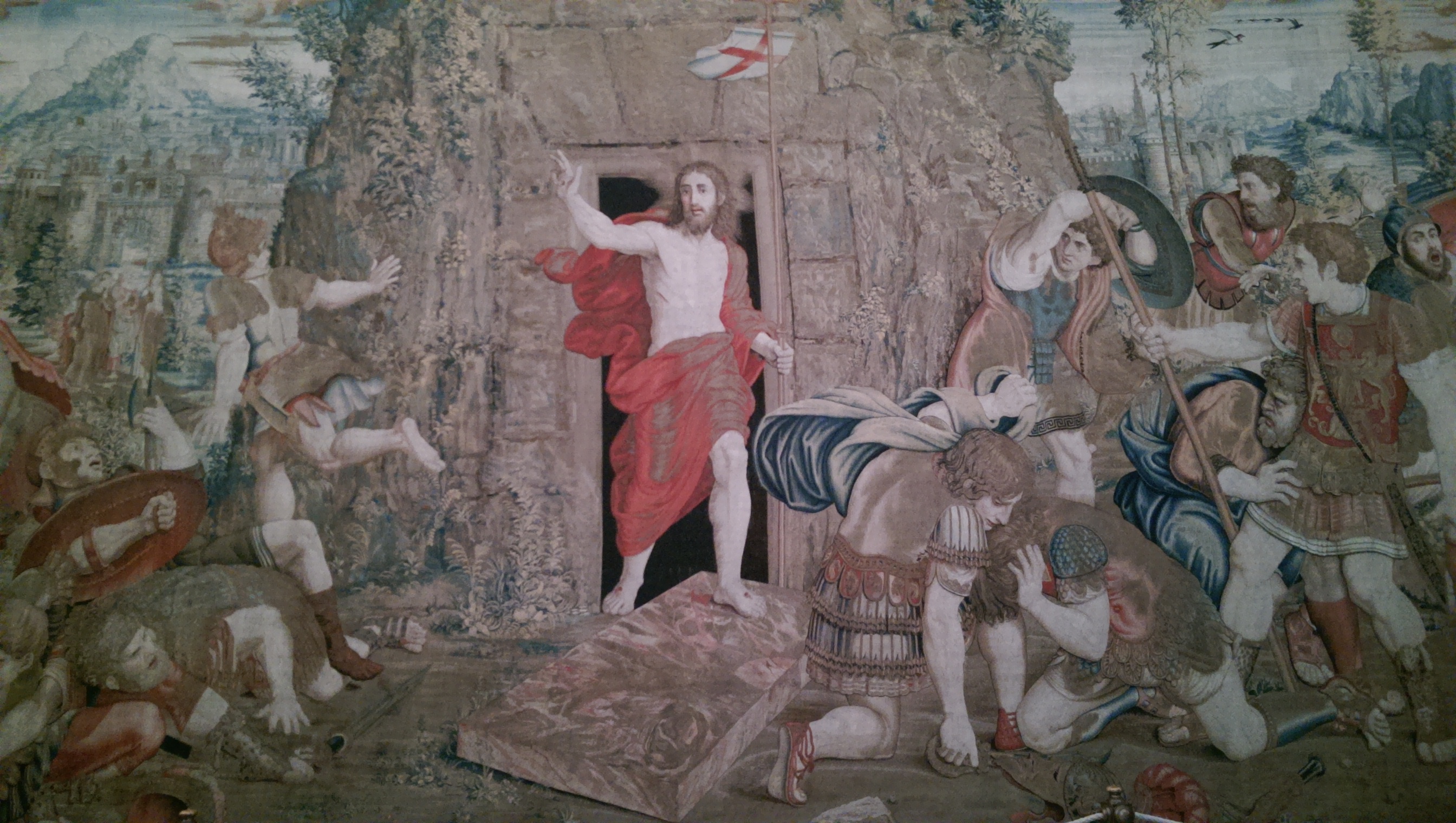 Easter is definitely the time to be in Rome. Watching papal ceremonies on TV does not compare with witnessing them on-site, they are spectacular shows – even for Protestant souls like mine! It’s not so much the thrill of the grandiose ceremonies, with the inevitable fierce competition for the best photo of the pope mobile; it’s the faces in the crowd. It’s the little Grandpa standing motionless for two hours just to hear His Holiness while others are drifting for the best view at the Way of the Cross. It’s the tiny Grandma who can’t clap because she could only walk to St. Peter’s Square with two ski poles on Easter Sunday; it’s the old couple carrying two chairs to the Square and sitting under umbrellas in the Easter Vigil’s pouring rain.
Easter is definitely the time to be in Rome. Watching papal ceremonies on TV does not compare with witnessing them on-site, they are spectacular shows – even for Protestant souls like mine! It’s not so much the thrill of the grandiose ceremonies, with the inevitable fierce competition for the best photo of the pope mobile; it’s the faces in the crowd. It’s the little Grandpa standing motionless for two hours just to hear His Holiness while others are drifting for the best view at the Way of the Cross. It’s the tiny Grandma who can’t clap because she could only walk to St. Peter’s Square with two ski poles on Easter Sunday; it’s the old couple carrying two chairs to the Square and sitting under umbrellas in the Easter Vigil’s pouring rain.
Seeing these people awakens a longing for a faith like theirs – in God, or anyone or anything else, for that matter.
At the core of their faith lies the miracle of Christ’s resurrection, remarkably rendered in a gigantic, 562 X 954 cm tapestry of the Vatican Museums. The composition is part of the 1524-1531 Scuola Nuova series from the Flemish Pieter van Aelst’s workshop, depicting 12 episodes from the life of Christ and most probably designed for the chamber where Secret Consistories were held. The composition was modelled on a cartoon from Raphael’s school in Brussels, either by the master or an apprentice – perhaps my favourite Giulio Romano.
The tapestry tells the resurrection in a way different from the Scriptures. Although all four Gospels recall the event in a somewhat different way, the bottom line is that no human actually witnessed it. 1 or 2 angel(s) informed 1-3 women about the events when they visited the tomb.
Angels are completely missing from the tapestry however. The composition centres on Christ emerging from the tomb in glory, just overturning the stone square that’d blocked the entrance (the Gospels recall a circular stone – according to Matthew the angel rolled it away to casually nestle on something during the conversation with the women). Christ is holding a flag in the left hand, raising His right hand in blessing over the soldiers, who are nevertheless escaping in awe, astonishment, fear, and panic upon witnessing the extraordinary sight (according to Matthew, they were frightened away by the sight of the angel). The women approaching the tomb appear in the left background as accidentally witnessing the event on their way to the tomb, with the city of Jerusalem behind.
The real curiosity is Christ turning into your direction wherever you are watching Him from. The figure maintains a continuous eye contact with the viewer– not only his eyes, face, body and legs turn but even the stone square as you pass by, involving the viewer in the composition by bridging space and time, life and death, mortal and immortal with a simple gesture of the divine blessing.
Some call it an optical illusion. Maybe a miracle was represented with a miracle.
Edina Eszenyi, Art Historian
Further Reading:
Campbell, Thomas P., Tapestry in the Renaissance: Art and Magnificence (New York: Metropolitan Museum of Art: 2002)
Image: Courtesy of Storm Crypt via Flickr